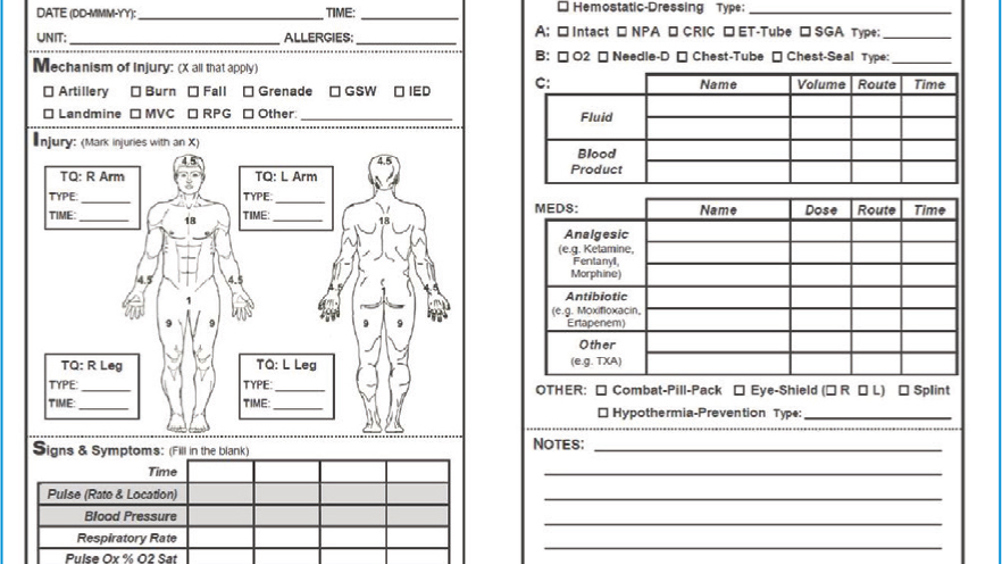References
Quality improvement frameworks to maximise wound assessment

Abstract
Wound management should be a holistic process that assesses not only the wound itself, but also includes patient and client factors. To ensure veterinary professionals try to minimise mistakes and maximise communication, quality improvement methods can be applied to help prevent mistakes and miscommunications. Veterinary medicine lacks in veterinary specific wound assessment frameworks but there are numerous that are applied successfully to human medicine that can aid in the holistic approach, and cross over well to veterinary patients. The application of a simple checklist and care bundle could help to improve client communication and compliance and also facilitate healing, leading to improved patient outcomes.
An integral part of the veterinary nurse's role is the assessment of patients prior to and on arrival to the veterinary clinic. Any assessment performed should follow a systematic approach that allows the veterinary nurse to prioritise patients, minimise treatment delays and improve healing outcomes.
Wounds require a meticulous and rapid approach to prevent increases in bacterial bioburden, which could potentially lead to infections and delays to the healing process. The aim of any wound management protocol should be to maximise the environment that facilitates the body's natural healing process and ensures minimal disruption to the animals' quality of life.
The initial assessment and planning stage can have an effect on healing outcomes and ensuring communication is initiated immediately between the veterinary team and the client can help to maximise wound healing; but could this process be improved with the implementation of clinical governance and quality improvement processes?
A checklist can be used as a cognitive aid to prevent vital steps being missed, they can be based around a particular protocol or guideline to help minimise or prevent mistakes. Our working memory is different to short-term memory in that working memory is the active version of this. Short-term memory is associated with the temporary storage of information, whereas working memory is information that we pay attention to and manipulate at anyone time (Moskowitz, 2008). It is believed that a person's working memory can handle three or four items at a time, with short-term memory storage of around seven items (Moskowitz, 2008). When put into action within the veterinary practice setting where veterinary nurses and other professionals are expected to manage multiple patients and tasks at anyone time, the use of a checklist can help to prompt staff, ensuring vital steps are not forgotten. This can lead to improved patient care, improved client-veterinary communication and improved veterinary staff productivity and motivation.
Register now to continue reading
Thank you for visiting The Veterinary Nurse and reading some of our peer-reviewed content for veterinary professionals. To continue reading this article, please register today.

